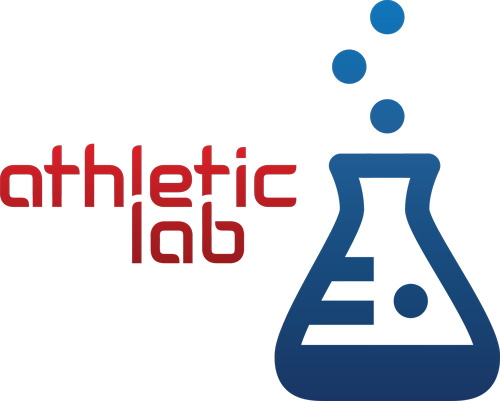written by Ryan McCrea MS, ATC, LAT
As Spring approaches many youth sports will be ramping up and so does the chance of injuries. According to Standford Children’s Health 3.5 million kids under the age of 14 will sustain an injury due to recreational activities or sports each year. While the majority of these injuries are sprains and strains, brain injuries are the leading cause of death of sports-related injuries. This is the reason so much attention has been paid to concussions and proper diagnosis and treatment following an injury.
While football gets the most attention for head injuries it is important to remember that football is not the only sport that can lead to a concussion. 50% of all head injuries result from bicycling, skateboarding, or skating accidents; while sports such as lacrosse, hockey, soccer and basketball see their fair share of head injuries as well. Obviously contact sports hold a higher likelihood of sustaining an injury, but a brain injury can occur at any time and during any activity. Being able to better understand concussions can lead to a better and safer outcome following the injury.
According to the American Association of Neurological Surgeons a concussion is defined as “an injury to the brain that results in temporary loss of normal brain function”. This can be anything from bumping your head to loss of consciousness. It is important to remember that loss of consciousness is NOT a determining factor as to whether a concussion as been sustained. Some common symptoms of a concussion include (but are not limited to): headache, dizziness, confusion, pressure in head, nausea or vomiting, loss of balance, memory loss, sensitivity to light or noise, irritability, and trouble sleeping.
If you believe that you or one of your kids has sustained a concussion it is important to see a physician who specializes in head injuries as soon as possible. A great tool that can help the physician determine the best Return to Sport is an ImPACT computer test which can be taken before and after an injury. This test allows the physician to determine the severity of the injury and how well the it is resolving. The baseline test is needed in order to take a post-injury test. If you haven’t taken an ImPACT test, you should still see a doctor and they will be more than equipped to explain the injury and what the gradual return to play will look like.
If you are interested in a baseline ImPACT test or any other information regarding concussions, please contact the Athletic Performance Center at 919-876-1100.
About the author:
Ryan McCrea is a Certified and Licensed Athletic Trainer (ATC, LAT) and is in good standings with the Board of Certification and the North Carolina Board of Athletic Trainers Examiners. Ryan graduated from High Point University with his Bachelors in Athletic Training (2007) and Masters in Exercise and Sports Studies (2009). He worked as a Graduate Assistant Athletic Trainer at Greensboro College before moving to Boca Raton, FL to work as an Assistant Athletic Trainer at Lynn University. Ryan was promoted to Head Athletic Trainer three years later where he oversaw the medical needs of all 215 student-athletes. While at Lynn, Ryan played an integral part in the Men’s Soccer team winning two National Championships as well as the Men’s Golf team being National Runner-ups on three occasions. Ryan also worked with the Baseball and Men’s Lacrosse teams at Lynn University.
Ryan and his wife, Liz, recently moved to Raleigh where Ryan was born and raised. He joined Raleigh Orthopedic in 2017 and is excited to be back in his hometown. Ryan and Liz enjoy cooking, the outdoors and spending time with their two dogs Brantley and Cocomo.









